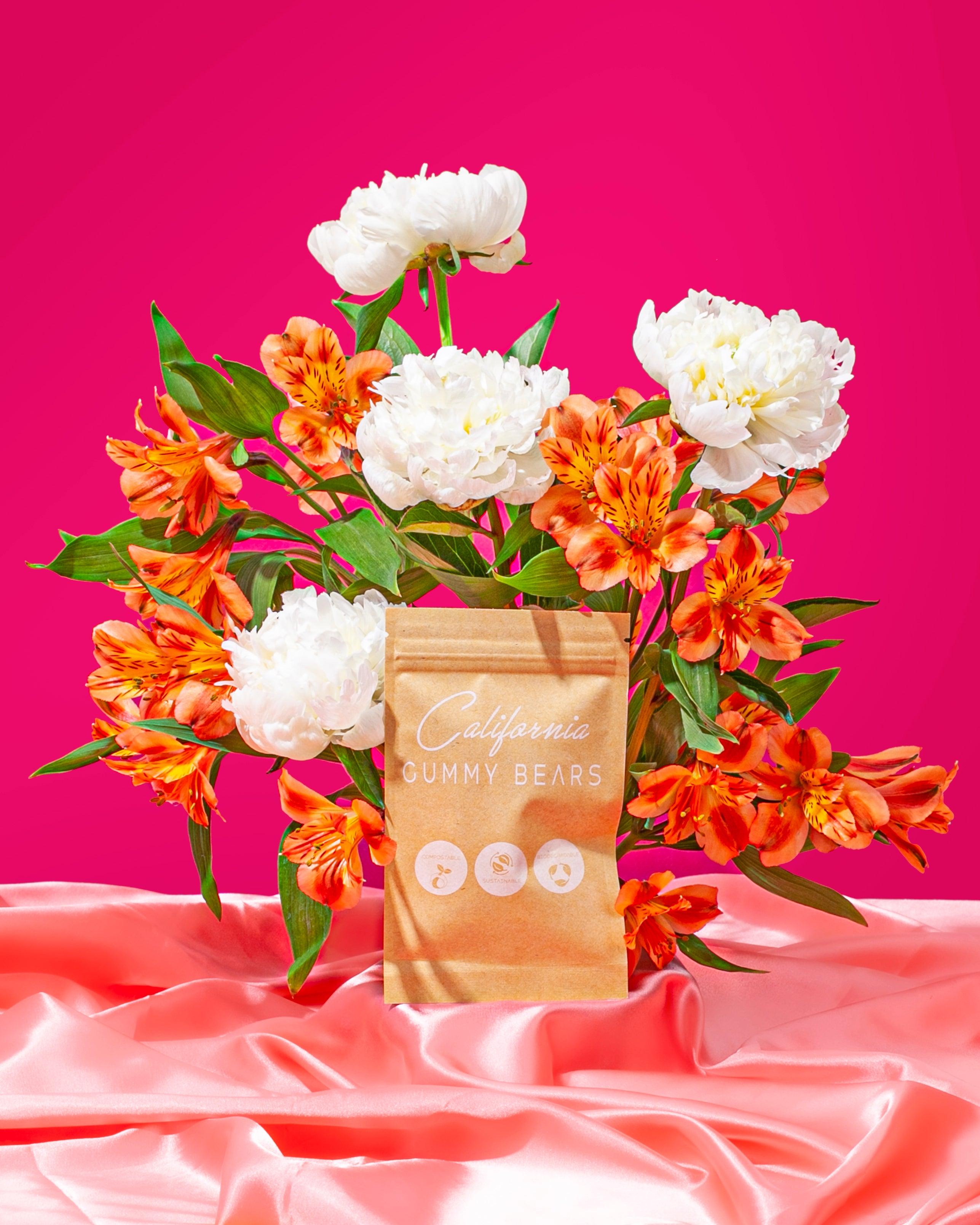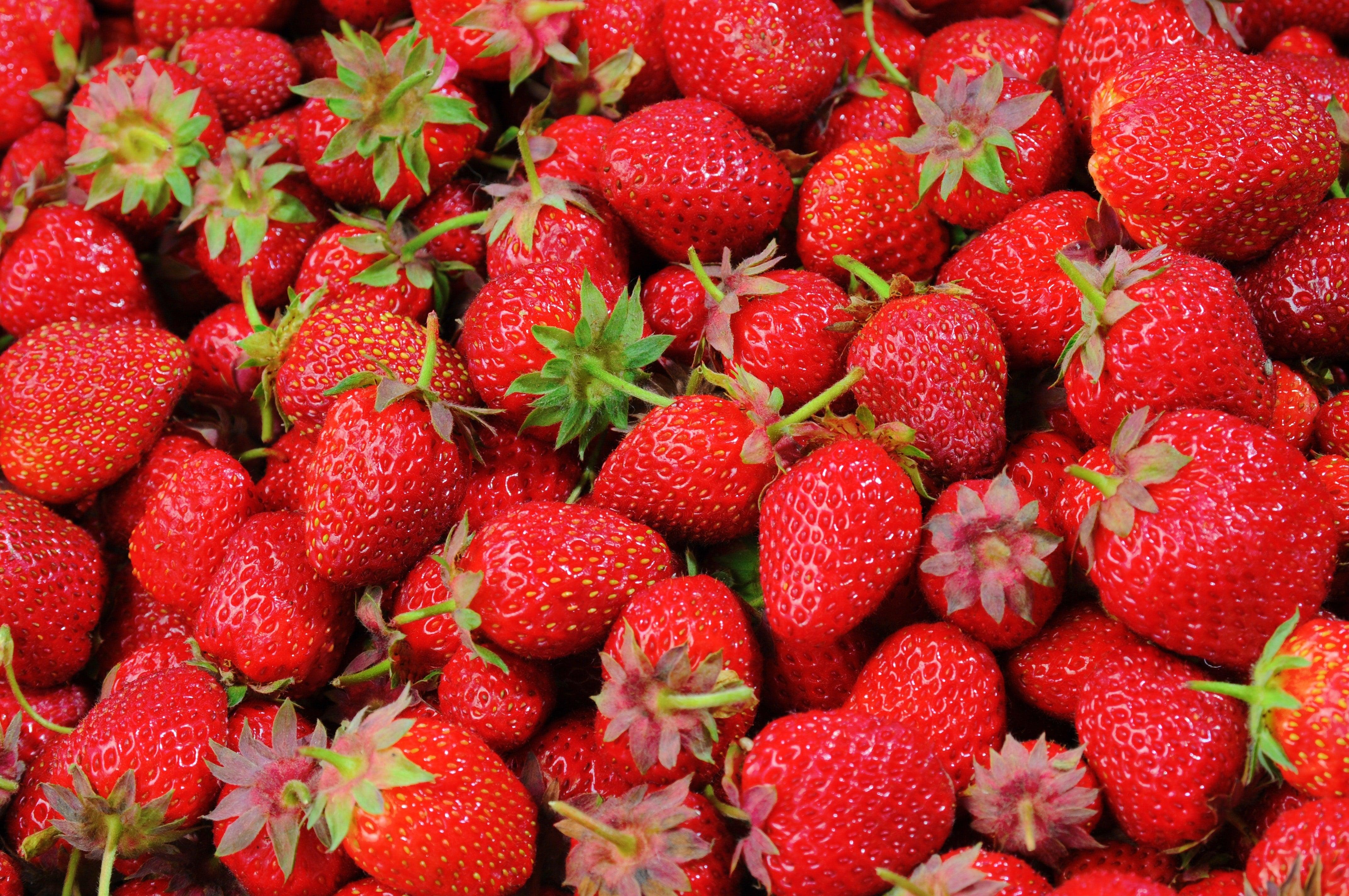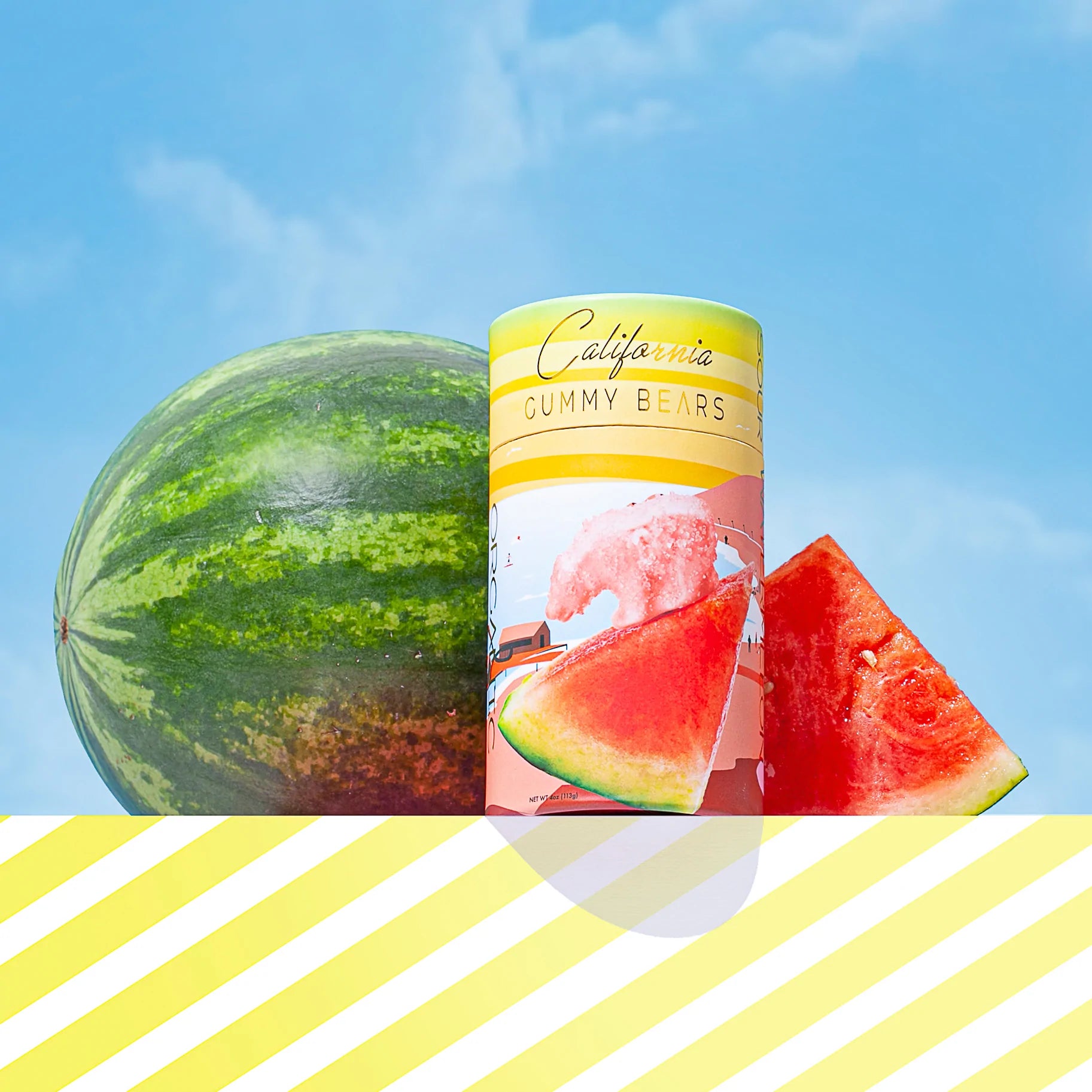Sustainable Food Packaging - Why does it matter?

Why do we need sustainable packaging?
People nowadays, more than ever, are developing consumer skills that are more aligned with their values. As people become more conscious about their consumption and the effect it has on the environment, companies are also evolving and developing more eco-friendly packaging for food. It is almost unfathomable to think that almost 60% of all plastics that are produced worldwide are used for only food packaging. The main problem of plastic is how it is discarded, since it is a synthetic material, it will not decompose in nature. Instead, it will just be broken down into smaller and smaller pieces until it becomes microscopic. These microplastics can end in the ocean, getting inside animals and humans. Thankfully, since people are now aware of this issue, there is more consciousness in the development of food product packaging.
What food packaging is sustainable?
There are a lot of sustainable packaging options available today. To mention a few examples, there is glass, stainless steel, bamboo, and biodegradable packaging, etc. All of these are perfect candidates to substitute the use of plastics.
Glass, for instance, can be recycled pretty much an infinite amount of times without any loss of the purity or quality of the material. It can also be cleaned, reused and repurposed in many ways. There is also stainless steel, which can be a more hygienic option because it helps products stay fresh for a longer period of time and it can be recycled and reused. Bamboo is a fast-growing plant (without any added chemicals!) and is also a good alternative. However, biodegradable packaging is a game changing option, since it is the only option of the ones mentioned before that technically does not produce any waste.
What is an example of sustainable packaging?
To give an example, our CA Gummy Bears come in packaging that is fully biodegradable in 2-6 weeks. The packaging is made from the following materials: kraft paper, biodegradable MOPP and Compostable PLA (from Sugar Cane). These materials will degrade naturally in landfill and will not release any methane into the atmosphere. It gets even better, because not only does it decompose naturally in landfill, but also in industrial composting and even in your own compost at home! This company is leading the pack in sustainable and environmentally friendly food packaging and the hope is that many more will follow.
What can be done with sustainable food packaging?
In addition to all these alternate solutions for packaging, sometimes it is forgotten that it does not need to be a radical change. Starting with the simplest solution, using only the packaging that is needed to keep the food fresh. Sometimes at the grocery store, you can see how companies pack the food in a lot of packaging and that is not necessary. This can be the first one that all companies start to make, and it for sure makes a huge difference in the amount of plastic that is used for food packaging.
Fortunately, times are changing constantly and the aesthetics of food packaging are not all. It is important to consider not only the prettiness of the packaging, but also the biological cost over time. What will happen to the packaging once it is time to discard it? Is the packaging, recyclable, reusable, can you repurpose it, is it biodegradable or compostable?
Nature has no trash, they reuse and recycle everything that goes into the waste stream. As humans, it is our job and responsibility to study the way that nature does it and adapt it to our own lives. It is not fair for animals to have to live with the consequences of our wrongdoings. It is necessary to develop more eco-friendly packaging in order to live in better harmony with our precious Earth.




Comments